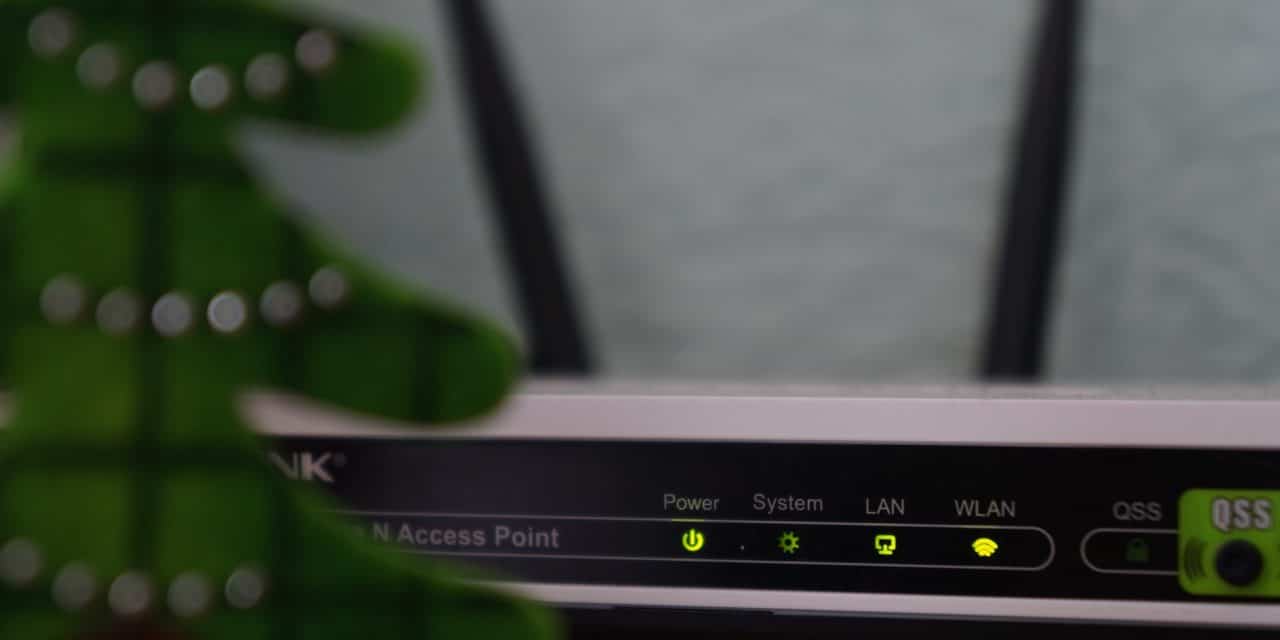[ad_1]
The purpose of a radio signal is to carry information. In radio communications, two essential components make the propagation of a radio wave (which carries the signal) happen: a transmitter and a receiver. It is these elements that provide the signal the means to go from one place to another.
Signals are modulated into radio waves so they can be transmitted. The information that needs to be carried (sound for example) is converted in electrical signals and applied to the carrier wave which is created by the transmitter.
There are two main kind of modulations as all those who own a radio know: AM and FM.
AM stands for Amplitude modulation and refers to a type of modulation in which it's the amplitude of the radio signal that is varied in order to carry the needed information – the frequency remains constant. FM stands for Frequency Modulation, and as it's easy to imagine, acts on the frequency of the radio signal while the amplitude stays unvaried.
For a radio broadcast, the amplitude (AM) and the frequency (FM) radio waves are what carry information
FM waves are “line of sight” waves and therefore they travel in a straight line that can be interrupted by a multitude of obstacles. The FM waves are not refracted by the ionosphere (the upper part of Earth's atmosphere that takes its name from the ion particles that occupy it) and therefore they can propagate past the Earth atmosphere and enter space.
AM is the older type of modulation used – the waves can travel above the ground following the Earth curvature and because they are refracted by the ionosphere they can propagate farther than FM ones which eventually leave Earth for the space.
An AM signal is unfortunately more prone to interferences because of its smaller bandwidth and therefore has worst sound quality than the higher-bandwidth FM signal. It is also more susceptible to noise which affects amplitude, not frequency. However modulation and demodulation of AM signal is less complex than in FM systems, and therefore AM is still widely used.
Once the information is applied on the carrier wave, an antenna transforms the electrical signal to an electromagnetic wave which is then propagated. The electromagnetic wave is then prone to alterations due to reflection (which can happen due to obstacles), refraction (due to hitting the ionosphere or because of weather conditions) or diffraction (when radio waves hit and bend around an object with sharp ends) before it reaches the receiver aerial.
It is thanks to the receiver that this signal is intercepted, picked up, demodulated (re-converted), and the communicated information can be processed, shared, relayed or broadcasted to an audience.
Once the receiving antenna has detected the radio signal, it's the receiver that filters out unwanted signals and retains only the desired frequencies – it also increases the power of a signal with an amplifier and finally demodulates the signal.
In summary, radio signals, through the use of a transmitter such as a tower at the radio station, are converted into electromagnetic waves, to be sent through the atmosphere to a receiver which detects the transmitted signal and decodes the information (anything like a an audio signal, a video signal or a digital signal) to a usable form using a demodulator. After being once again transformed back into an electronic signal it normally reaches a device like a speaker and the intended audience.
During radio transmission, it is important to know there may be some loss of the signal as it can be affected by distortion and/or degradation by undesirable physical noise – these are events that can arise and be unplanned and tend to affect the clarity of the intended message.
With radio communication, for the most part, the quality and clarity of reception is largely dependent on the following factors:
- Type of modulation
- Broadcasting power of radio waves
- Time of day
- Geographic location of transmitting/receiving signals
[ad_2]
Source by Edward Jules Goodman

